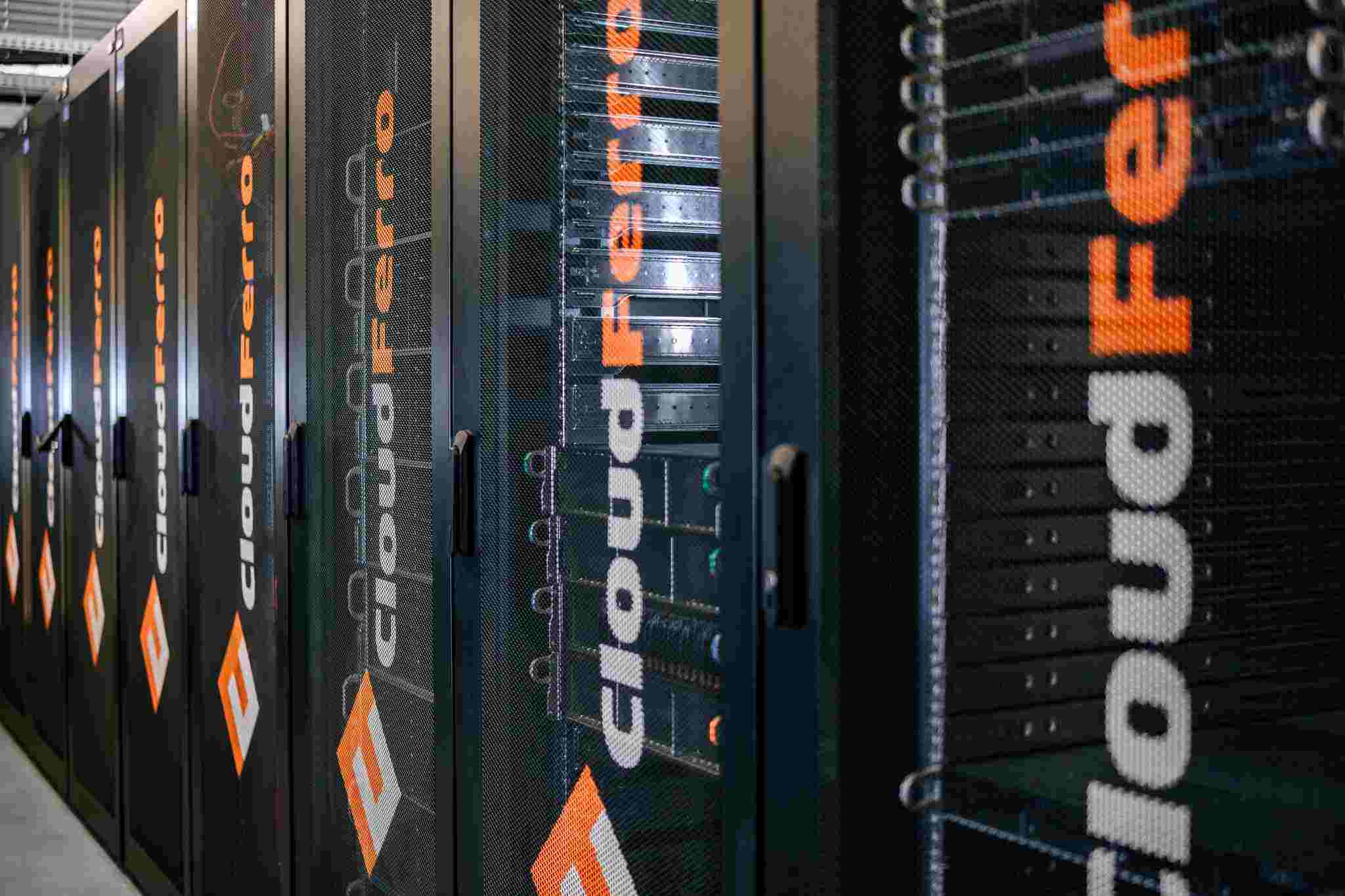Spot Virtual Machines
When to use CloudFerro spot instances
Benefit from CloudFerro spot instances that we offer at a static price, providing you with significant savings of up to 70% compared to regular virtual machines. Standard CloudFerro's VM with 16 vCore and 128 GB RAM cost starts from 0,900 EUR per hour. In comparison, Spot Virtual Machine begin with 0,304 EUR, which is about 66% cheaper that standard VMs solution.
Use spot instances for high memory, GPU equipped and ARM CPU based instances. Note that prices are not related to free resources available at a particular moment. The spot instances are:
- 3 times cheaper for high memory instances
- 2 times cheaper for GPU equipped instances
- 1.8 times cheaper for ARM based instances
Low cost VMs
Spot instances utilize spare cloud resources and as such, may be terminated at any time by CloudFerro. Upon deletion, all resources spawned under the VM, including storage, are deleted permanently. Spot Vms should be used as a way to decrease costs in stateless workloads that don't require uptime and can be interrupted and completed later. This is especially useful in batch processing of earth observation data that has no significant time constraints.
Example: A client was able to reduce their cloud computing costs by 65% using spot instances for non-critical workloads.
Operating systems and images
Users may utilize Spot instances together with other cloud resources using the CloudFerro Dashboard, the REST API, a command-line client, or the OpenStack Orchestration scripts (Heat). Spot Instances can be connected to the network using virtual interfaces.
List of operating systems and ready-to-use images available in Clouds. Some images may not be available in all locations. For better information, refer to the Horizon dashboard.
- CentOS 7
- Ubuntu 14.04 LTS, 16.04 LTS, 18.04 LTS
- RHEL 6, 7 mini / full
- SLES 12 mini / full
- OSGeo 11.0
- App Catalog Image
All Spot instances come fully configured (based on the selected image) and ready for use, with an administrative user account, network access, preconfigured toolboxes, and software components. If selected during creation, EODATA can be auto-mounted using S3FS. S3 credentials may also be obtained at a later time from our client portal or through the API. Volume Storage may be attached to running instances to extend the storage space available. Basic instance storage is terminated upon instance deletation. Just like normal VMs, Spot VMs can be started, stopped, rebooted, paused, and snapshotted. They may also be attached to Virtual Networks. Virtual Networks may be system-defined or user-defined. Find out more about Virtual Networks.
System-defined networks include:
- Internet network used to access the global internet.
- The EO Storage network available in Projects/Environments that are allowed access to the EODATA*.
Personal Experience: A DevOps Engineer shared that they seamlessly integrated spot instances into their CI/CD pipeline without any performance issues.
European Company
CloudFerro, being a European company, ensures data compliance with EU regulations and offers local support. Third-Party Endorsement: A tech consultancy praised CloudFerro's local support and compliance with GDPR, making it a preferred choice for European clients.
*More information about cloud for EO Data on CREODIAS platform.
CloudFerro Public cloud
CloudFerro provides computing services through four unique public clouds: WAW3-2, WAW3-1, WAW4-1, FRA1-2. Each cloud functions autonomously yet is integrated within a shared billing and user management framework. Clouds situated in the same location, such as those in the WAW3 series, share parts of power and network connectivity infrastructure. All public cloud instances grant uniform access to EODATA. While users have the flexibility to access all services across these clouds, it's important to note that the pricing, performance, and availability of certain services may differ depending on the cloud's geographical location.
To learn more how to start and what to consider when choosing spots, read our blog post How to use Spot instances









